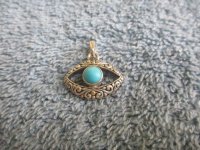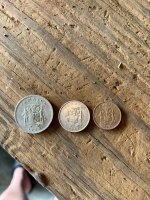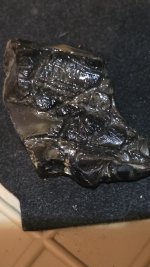Wandermore91
Jr. Member
My gut tells me this is natural but then the shape and thickness of it makes me wonder. This is a very well rounded piece of shell that was not on the beach, it was on dry land a considerable distance away from a shore. I am not sure what kind of shell it originally was, as the round rings on it are throwing me for a loop- snail probably. This piece has a hole in the center. The center is concave and sort of cone shaped on the back and slightly raised on the front. I see a couple other pin-point sizes natural holes forming as it appears to be porous. I thought maybe the hole naturally fell out where the rings weakened, but this is a very thick shell piece and I don’t know that it would’ve been so fragile. Also, how do you explain the worn round edges if it was not obviously done by water? Thoughts? Thanks
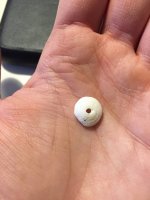
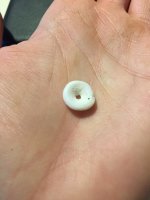
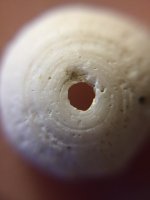
Last 3 pulled from google, some strikingly similar to this (looks like they may have drilled the center BECAUSE it was the weak spot and made the most sense?)
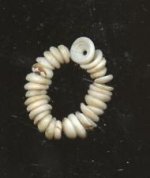
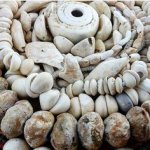
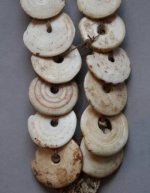



Last 3 pulled from google, some strikingly similar to this (looks like they may have drilled the center BECAUSE it was the weak spot and made the most sense?)



Amazon Forum Fav 👍
Last edited:
Upvote
0



